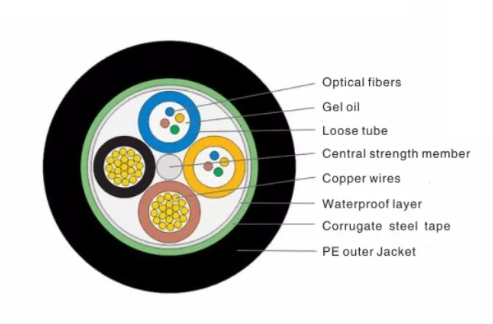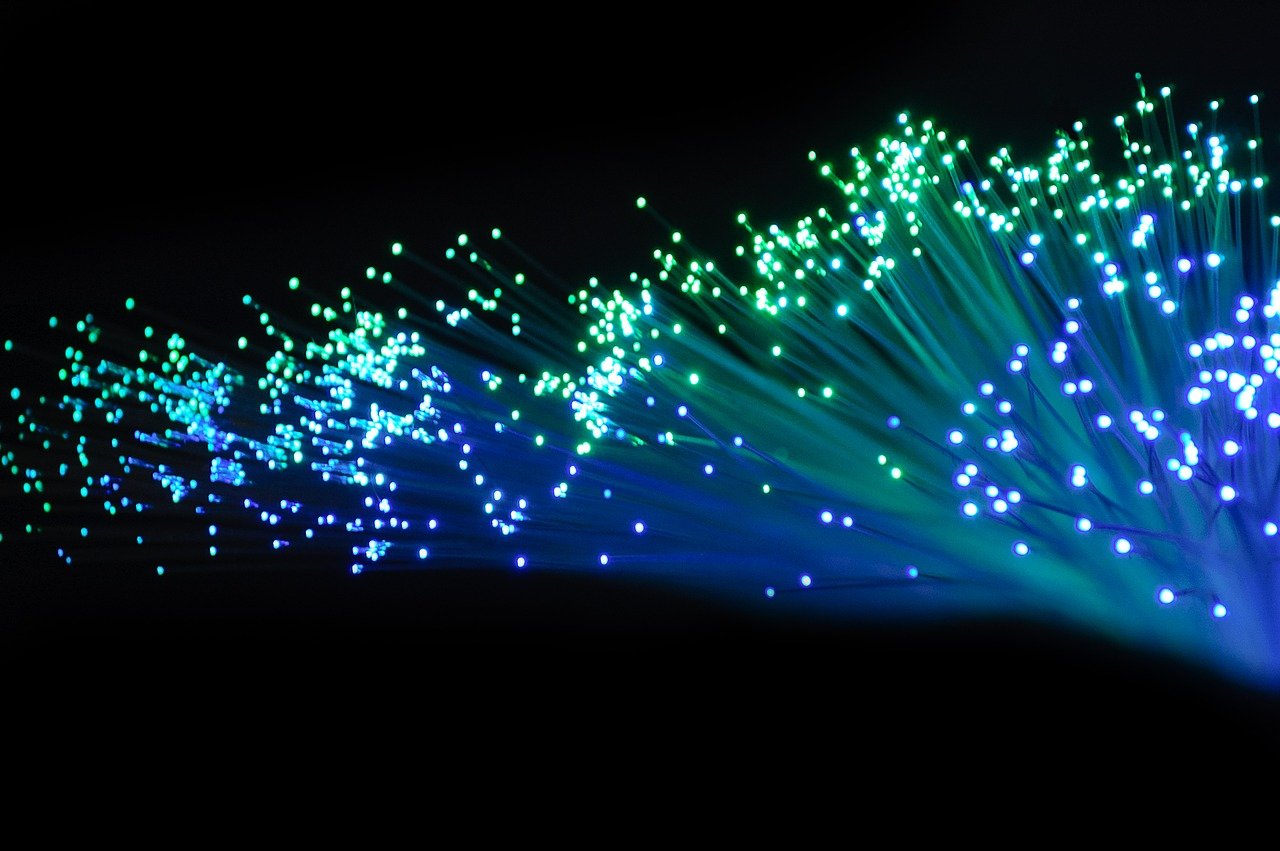Exploring the Significance of Hybrid Cables in Telecommunication Infrastructure

Understanding Hybrid Cables
Hybrid cables, also known as mixed or combined cables, are an integral part of telecommunication infrastructure. These cables offer a unique blend of capabilities, combining different technologies to meet the diverse needs of modern networks. By integrating various types of cables, hybrid cables provide a versatile solution for transmitting data and power within telecom networks. The different hybrid cable types available cater to specific requirements, making them essential components in building reliable and efficient telecommunication infrastructure.
Types and Capabilities
Versatile Capabilities
Hybrid cables offer a seamless integration of fiber optics and copper wires, providing a versatile solution for transmitting data and distributing power within telecom networks. This integration allows for the efficient transmission of large volumes of data while also facilitating the distribution of power to various network components. The ability to combine these two essential functions into a single cable makes hybrid cables an invaluable asset in modern telecommunication infrastructure.
Enhancing Telecom Networks
The diverse capabilities of hybrid cables play a pivotal role in enhancing and supporting the increasing demands of modern telecom networks. By seamlessly integrating fiber optics and copper wires, these cables contribute to the overall efficiency and reliability of telecom infrastructure. Their ability to cater to the evolving needs of telecommunication networks positions them as indispensable components in ensuring seamless operations and optimal performance.
Integration in Telecom Infrastructure
Seamless Integration
When it comes to integrating new components into existing telecom infrastructure, the process can often be complex and costly. However, hybrid cables offer a seamless integration solution, providing a cost-effective method for network expansion and upgrades. Their compatibility with existing systems reduces the need for extensive modifications, saving both time and resources. This seamless integration capability ensures that telecom networks can adapt to evolving technologies without significant disruptions or overhauls.
Optimizing Data Transmission
The integration of hybrid cables plays a crucial role in optimizing data transmission within telecom networks. By combining the capabilities of fiber optics and copper wires, these cables ensure efficient communication by facilitating high-speed data transfer. This optimization directly contributes to the overall performance of telecom infrastructure, enabling networks to handle increasing data demands while maintaining reliability and speed.
Future Implications
Advancing Telecommunication
The integration of hybrid cables in telecommunication infrastructure not only addresses current network needs but also sets the stage for advancing telecommunication capabilities in the future. By combining the transmission of data and power distribution, hybrid cables pave the way for enhanced network reliability and efficiency. This advancement is crucial in meeting the escalating demands for seamless connectivity and high-speed data transfer within telecom networks.
Industry Evolution
The adoption of hybrid cables represents a significant milestone in the evolution of the telecommunication industry. It signifies a transformative shift towards more robust and adaptable network infrastructure, capable of meeting the evolving needs of modern communication. As hybrid cables continue to play a pivotal role in shaping the future landscape of telecom networks, their significance will be increasingly evident in driving innovation and progress within the industry.
Industry Application
Hybrid cables play a pivotal role in shaping the future of the telecommunication industry. Their versatile capabilities and seamless integration into existing infrastructure make them vital components for advancing and enhancing telecom networks. As the industry continues to evolve, the significance of hybrid cables will become increasingly evident in driving innovation and progress within telecommunication infrastructure. Exploring their application sheds light on the crucial role they play in ensuring the reliability, efficiency, and adaptability of modern communication networks.
This concludes our exploration of the significance of hybrid cables in telecommunication infrastructure.
See Also
Discovering Hybrid Optical Cables for Efficient Data Transfer
Uncovering the Magic of Hidden Fiber Optics in Structures
The Benefits of High-Speed Data Transmission with OM4 MTP/MTP 12 Strand Cables
Advantages of Employing OM4 MTP/MPO to LC 8 Fiber Breakout Cables
Advantages of Water-resistant OptiTap MPO Multimode OM3 Fiber Cables


